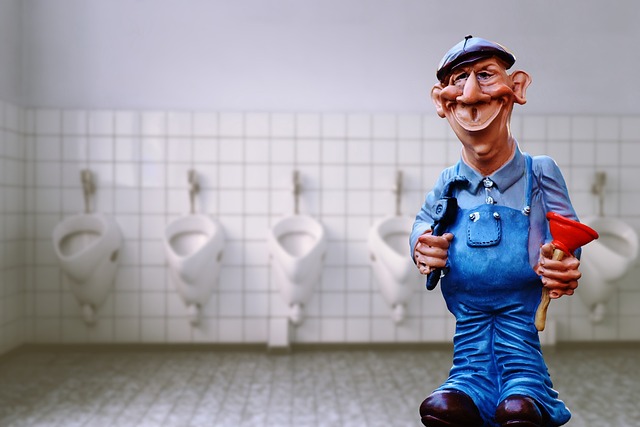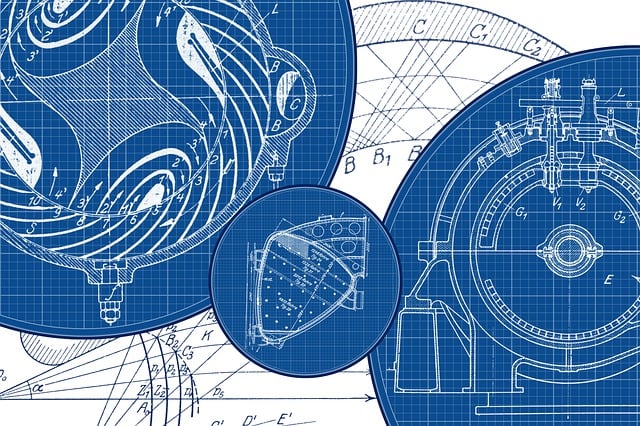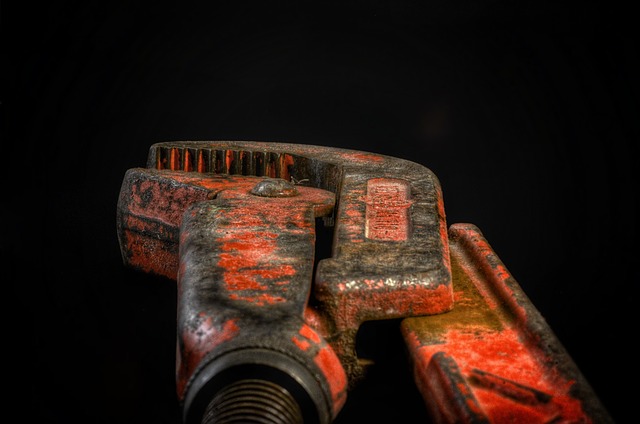Backflow prevention devices, critical tools for plumbers, safeguard water supply systems from contamination by ensuring unidirectional water flow. These devices, including check valves and air gaps, prevent harmful substances from reverting into the main supply. Plumbers perform regular testing, mandated by local regulations, using specialized equipment to interpret results and make adjustments. This ensures protection of both residential and commercial water systems from potential hazards, maintaining public health and system longevity.
As a plumber, ensuring water safety is paramount. This guide delves into the critical task of backflow prevention device testing—an essential practice to safeguard your clients’ plumbing systems. Understanding these devices and implementing proper testing procedures are key to preventing harmful contaminants from flowing backward. By mastering these steps, plumbers can ensure water quality, comply with regulations, and provide peace of mind for their customers.
- Understanding Backflow Prevention Devices: A Plumber's Guide
- Testing Procedures for Effective Backflow Prevention
Understanding Backflow Prevention Devices: A Plumber's Guide

Backflow prevention devices are crucial components in a plumber’s toolkit, designed to protect water supply systems from contamination and pollution. These devices operate by ensuring that water flows in one direction, preventing any reversal that could introduce harmful substances back into the main water supply. Plumbers play a vital role in installing, testing, and maintaining these devices to guarantee the safety and quality of drinking water.
Understanding how backflow prevention devices work is essential for plumbers. These devices typically consist of check valves and air gaps that stop backflow by creating physical barriers. Regular testing, often required by local regulations, helps identify any potential issues or leaks, ensuring the device’s effectiveness. Plumbers must be adept at operating test equipment, interpreting results, and making necessary adjustments to maintain optimal performance, thereby safeguarding both residential and commercial water systems from potential hazards.
Testing Procedures for Effective Backflow Prevention

Backflow prevention device testing is a crucial task for any plumber, ensuring that water supply systems remain safe and contamination-free. The process involves several meticulous steps to guarantee these devices are functioning optimally. Typically, a plumber will begin by shutting off the water supply at the main control valve. Next, they connect a test kit or gauge to the device under scrutiny, allowing for precise measurements of pressure differentials. By simulating various scenarios, such as backflow conditions, the plumber can accurately assess the prevention device’s effectiveness.
Effective testing requires careful observation and knowledge of local regulations. Plumbers must ensure that all connections are secure and that there are no leaks during the test. If the device fails to prevent backflow, it may require repair or replacement, underscoring the importance of regular maintenance. This meticulous approach not only safeguards public health but also ensures the longevity of plumbing systems, making it an indispensable practice for any qualified plumber.
As a plumber, ensuring water safety is paramount. By understanding backflow prevention devices and implementing rigorous testing procedures, you not only protect your clients’ water supply from contamination but also comply with regulatory standards. Regular backflow testing is an essential task that ensures the reliability of these critical devices, allowing plumbers to maintain high-quality workmanship and peace of mind for their customers.
